I often wonder whether grey seals occasionally prey upon seabirds, and recently at Peterhead harbour I watched a seal advance towards a swimming guillemot with malicious intent.
The seal approached the guillemot on the surface, and when about five metres away, dived under as if to make the final attack from below.
The guillemot recognised the danger and looked nervous.
It swam agitatedly along the surface, before it too dived under, where it felt more confident in its ability to keep track of the seal and outswim it.
A short while later, the guillemot bobbed up to the surface some distance away, having safely avoided the seal’s unwelcome attentions.
This guillemot looked healthy, which was heartening, because the last time I visited Peterhead there were many in the harbour which were emaciated and close to death due to Avian Flu.
Impact of avian flu
Our seabirds have suffered a torrid year from avian flu, with tens of thousands having succumbed.
Great skuas and gannets were particularly badly hit.
This is especially concerning, given that Scotland holds 60% of the world’s breeding population of great skuas (bonxies).
These mortalities are depressing, and there are many unknowns ahead for this winter, especially since large numbers of geese and waders descend upon our shores at this time of year, and because they often congregate in close flocks, the potential for further disease spread is real.
I wandered further around Peterhead harbour, and soon came upon a small group of drake eiders, which were repeatedly diving under in a smooth rolling action.
Eiders are normally shy ducks, but those at Peterhead have become habituated to people, and it is usually possible to get great views of these charismatic birds.
One eider surfaced with a shore crab in its bill, which it deftly juggled before gulping down.
Eiders often tear off the claws and legs of crabs before swallowing.
Mussels are another favourite food item, which are also swallowed whole, the shell then crushed by the powerful gizzard.
An eider’s gizzard is a truly formidable organ, a powerful shell-crusher with industrial strength.
The gizzard can account for five per cent of an eider’s weight, and one study showed that the gizzard increases in size during winter to maximise the feeding potential.
Gulls from the north
A group of herring gulls had congregated on one of the quaysides and I carefully scrutinised them with my binoculars lest there might be a scarce winter-visiting glaucous or Iceland gull in among them.
These wanderers from the north lack the black wing tips found on herring gulls.
Alas, there were no rarities present, so I turned my attention towards a lone great black-backed gull.
It was a truly magnificent creature and the stark contrast between the charcoal wings and back, against the snow-whole head and underparts was wonderfully alluring.
Great black-backed gulls are like raptors of the ocean, a top predator and scavenger, and a bird that epitomises the power of the sea and the daily struggle to survive in an environment where the hand of death is all-pervading.
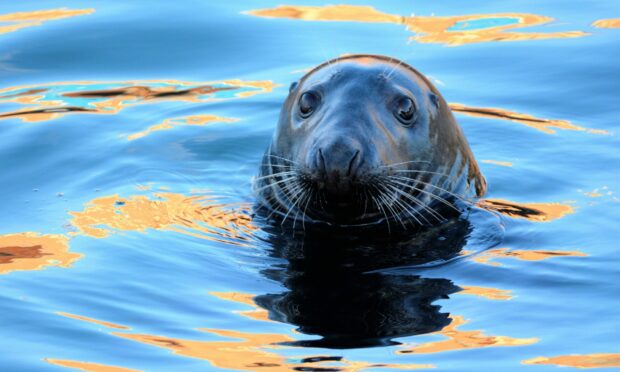
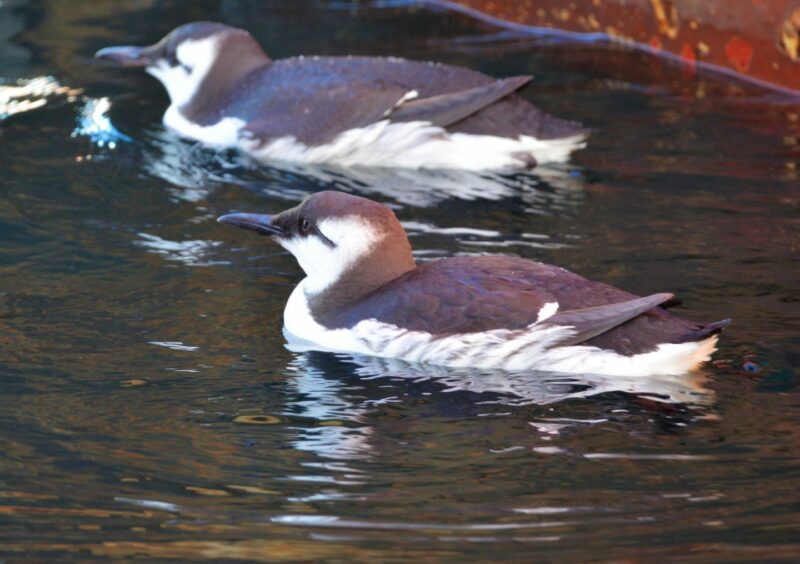
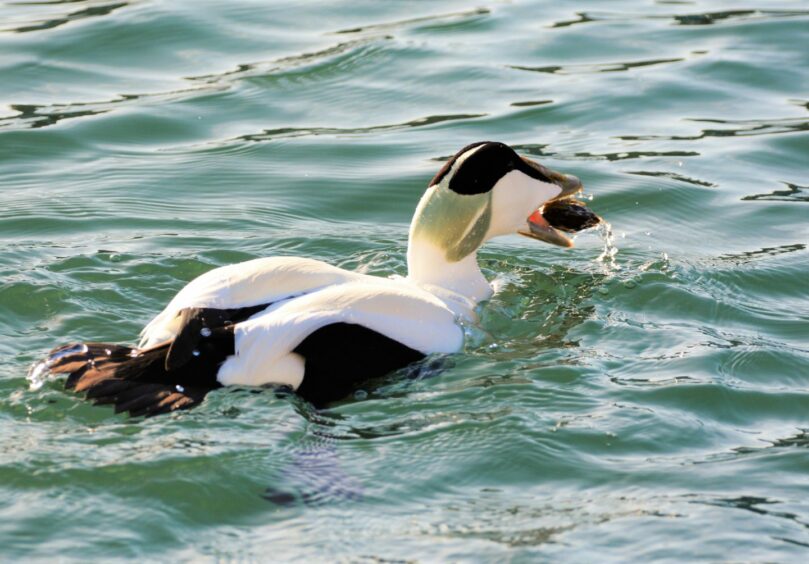
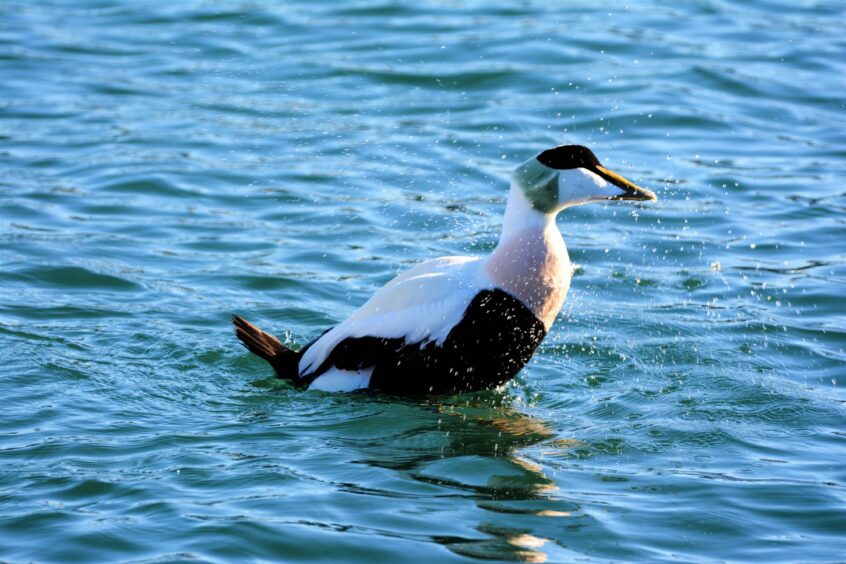
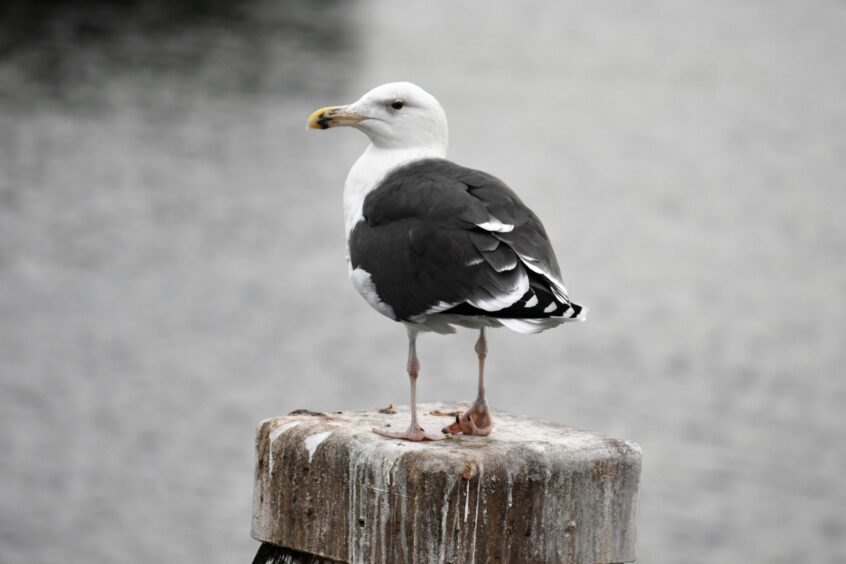
Conversation